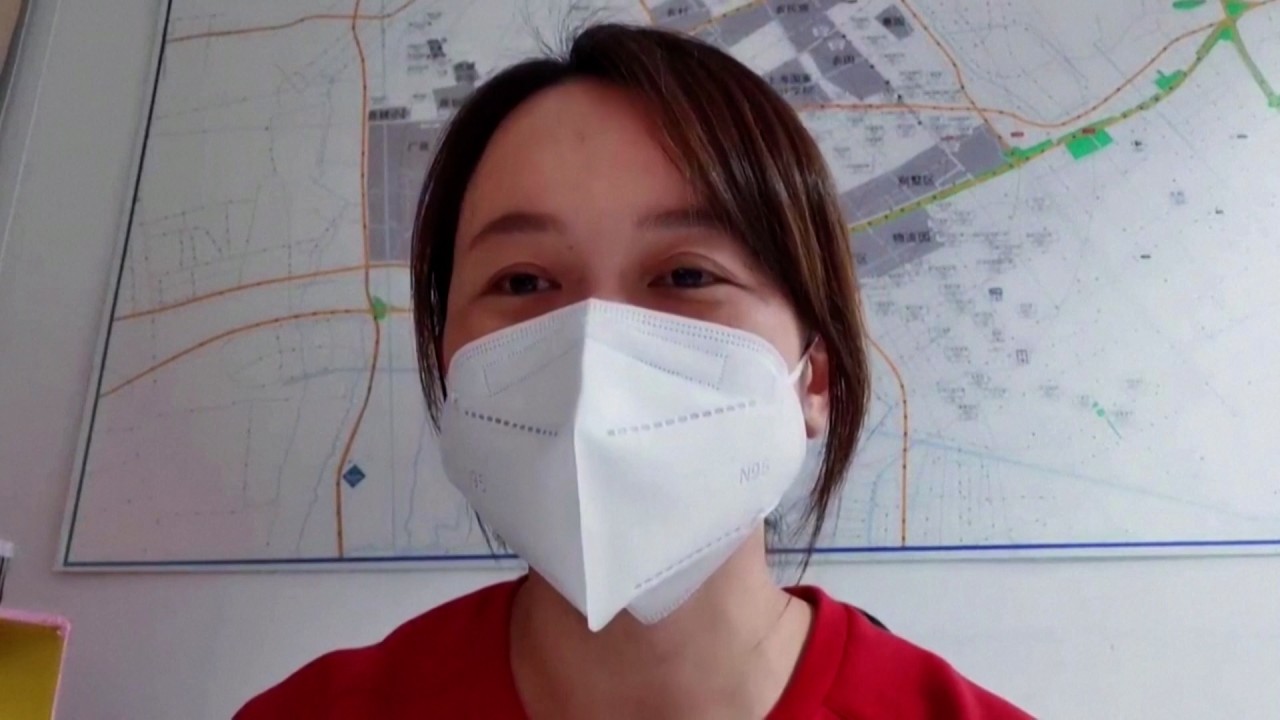
China’s Covid-19 outbreak worsens as weeklong spread in Beijing adds to Shanghai’s soaring death toll to send stock market plunging
- Shanghai’s ew symptomatic cases rose by 2,472, while the death toll rose by 51, compelling the city to order another mass test for all residents on April 26
- The Omicron virus has been spreading undetected in Beijing for about a week, health authorities said
China’s Covid-19 outbreak worsened, as the Omicron variant spread undetected for a week in Beijing, adding to the weight of Shanghai’s soaring death toll and symptomatic cases that sent the stock market to its biggest slump in months.
Beijing’s symptomatic cases more than doubled to 60, as authorities acknowledged on Monday that the coronavirus had spread in the Chinese capital without being detected for about a week. Shanghai’s deaths soared to 51, while symptomatic cases jumped 76.4 per cent over 24 hours by 2,472, according to data released on Monday.
“The strongest measures must be taken to stop transmissions,” according to the Shanghai government’s statement, citing instructions by Vice-Premier Sun Chunlan on Sunday. “A prolonged coronavirus outbreak will cost more social resources if we do not contain the pandemic soon.”


Severe cases surged to 196 from the 160 reported on Sunday, with 23 of the patients in critical condition, compared to 19 the previous day. The death toll since March 1 had risen to 138, almost all of them unvaccinated, elderly residents with the average age of 82.2 years, who suffer from pre-existing medical ailments from cancer to heart disease.
The spread of the disease slowed elsewhere. Guangdong province in southern China added six cases, three of which showed symptoms. Jilin province in northeastern China, near the North Korean border, recorded 697 new infections.
Authorities in Shanghai built barricades inside residential complexes in some districts to prevent people in the highest risk “lockdown areas” – where at least one infection has been spotted in the previous seven days – from entering low-risk zones.

Strict measures were necessary to manage the outbreak in the highest-risk areas, according to the instructions by Sun, who had been overseeing the anti-pandemic work in Shanghai since April 2.
Shanghai, shut down since April 1, has already blown several deadlines and target dates for bringing the disease under control, the most recent being an April 20 to achieve so-called societal zero-Covid.
The city had hoped to bring new infections in unguarded zones – low-risk residential compounds and their surroundings – to zero before shifting its focus to prevent the disease from spilling into the community. This goal eluded the authorities’ strictest controls, as the highly transmissible Omicron variant continued to spread among courier delivery workers and medical staff.
A total of 217 cases were detected in unguarded zones on Sunday, down from the 280 reported a day earlier.
“The 217 cases represented 1.2 per cent of the total infections in Shanghai, which shows that the fight against the outbreak has been fruitful,” said Zhang Chaoyue, an analyst with Northeast Securities. “Business and investment communities are, on the other hand, increasingly worried about the situation in Beijing, where the disease may spread fast.”
Another round of nucleic acid tests will be conducted for all 25 million residents of Shanghai on Tuesday, the health commission’s deputy director Zhao Dandan said.
Hospitals and quarantine sites released 21,972 Covid-19 patients on Sunday, bringing the total number to about 250,000. This accounts for 49 per cent of the city’s total infections during this wave of the pandemic.



